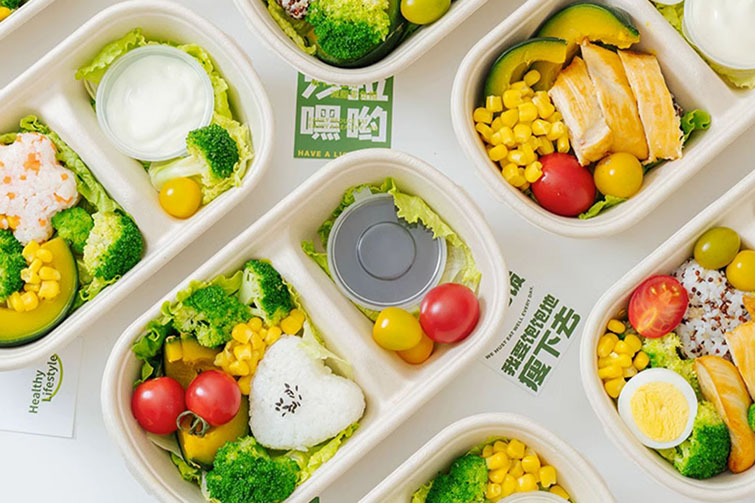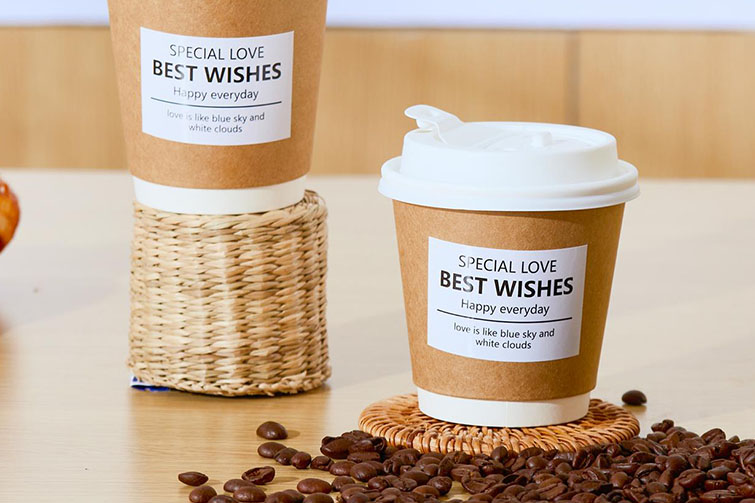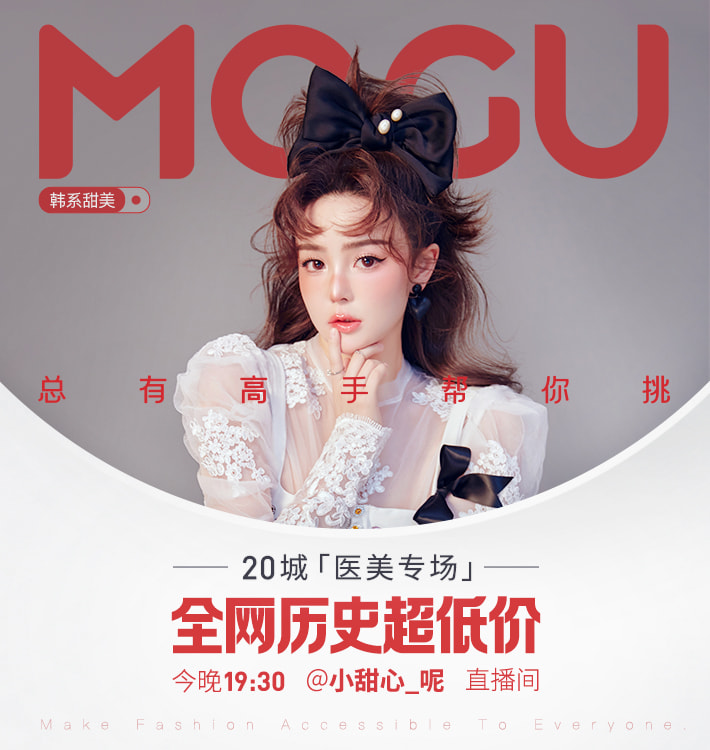

Paper vs. Plastic: The Best Choice for Your Salad To-Go
The humble salad is a symbol of health and fresh living. But when it comes to packaging it for takeaway, delivery, or retail, a common dilemma arises: paper box or plastic box? This decision is more complex than it seems, touching on issues of freshness, functionality, sustainability, and brand perception.
While both have their place, the "best" choice depends on your primary priorities. Let's break down the pros and cons.
The Case for Plastic Boxes
Plastic containers, typically made from polypropylene (PP #5) or PET (#1), are the most common choice for pre-made salads, and for good reason.
Advantages:
- Superior Freshness & Clarity: This is plastic's biggest win. A clear plastic clamshell box creates a sealed, humid environment that is crucial for preventing delicate greens from wilting. It acts like a mini-greenhouse. Furthermore, the transparency allows customers to see the vibrant, fresh ingredients inside, which is a powerful purchasing incentive.
- Leak-Resistance: For salads with juicy toppings like tomatoes, cucumbers, or a side of dressing, plastic is unbeatable. It won't become soggy or fail, ensuring the container stays intact from the kitchen to the customer's table.
- Durability: Plastic boxes are sturdy and stack well, both when empty for storage and when full for transport. They are less likely to be crushed in a delivery bag.
- Versatility for Lids: Many plastic containers come with secure, snap-on lids that are easy for customers to open and close, making them ideal for salads that might not be eaten in one sitting.
Disadvantages:
- Environmental Concerns: Despite being recyclable, plastic faces significant criticism. Many end up in landfills, and the production of virgin plastic relies on fossil fuels. This can clash with the "healthy and natural" image of a salad.
- Potential for Condensation: In certain conditions, moisture can build up inside the box, potentially making the salad soggy if stored for too long.
The Case for Paper Boxes
Paperboard containers, often with a lining, offer a distinct aesthetic and are perceived as more eco-friendly.
Advantages:
- Sustainability Perception: Paper boxes are widely perceived as more natural, biodegradable, and environmentally friendly. If your brand has a strong eco-conscious identity, paper aligns perfectly with that message. Many paper boxes are also made from recycled content.
- Brand Aesthetic & Premium Feel: A matte-finish cardboard box can convey an artisanal, farm-fresh, or high-end gourmet feel. It's an excellent canvas for beautiful branding and custom printing, enhancing the unprocessed, wholesome image of the salad.
- Microwave-Safe (Sometimes): Some lined paper containers are microwave-safe, allowing customers to warm certain salad components (like grains or roasted vegetables), which is not possible with most plastic clamshells.
Disadvantages:
- Risk of Sogginess and Leaks: This is the major functional drawback. Unless the paper box has a sophisticated plastic liner or coating, it is vulnerable to moisture from the salad itself or any dressing, leading to a structural failure and a disappointing customer experience.
- Less Protection: Paper boxes do not provide the same airtight seal as plastic. Delicate greens are more prone to wilting faster as they lose moisture to the air.
- Opaqueness: Customers cannot see the product, meaning they must rely entirely on the label and their trust in your brand.



